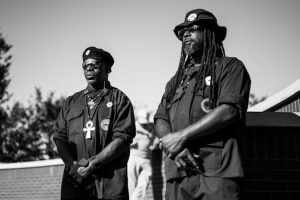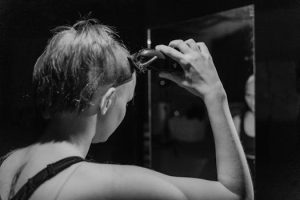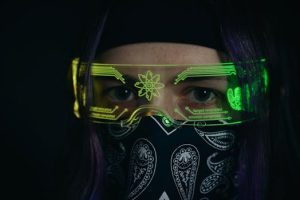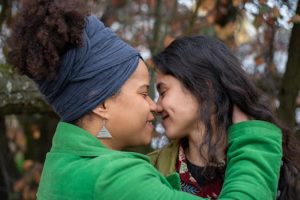Campaigns Challenging Fashion Norms
Fashion has always been a powerful means of expression, allowing individuals to create their own unique identity and express themselves in ways that words cannot. But with power comes responsibility, and the fashion industry has been scrutinized for its perpetuation of harmful and unrealistic beauty standards. Thankfully, there are campaigns challenging these norms and promoting diversity and inclusivity in the fashion world. In this article, we will delve into some of these inspiring and thought-provoking campaigns.
Body Positive Movement
In recent years, the body positive movement has gained significant traction in the fashion industry, challenging the narrow and unrealistic standards of beauty that have been dominant for decades. The movement advocates for the acceptance and celebration of all body types, sizes, and shapes, promoting self-love and confidence. One of the most influential campaigns within this movement is the “All Woman Project,” which features diverse models of different shapes, sizes, and backgrounds, unapologetically showing off their bodies and spreading the message of body positivity and inclusivity.
Redefining Beauty
While the traditional beauty standard has primarily focused on physical appearance, campaigns challenging fashion norms are redefining what beauty truly means. The “I Weigh” movement, started by actress and activist Jameela Jamil, encourages individuals to focus on their accomplishments, personalities, talents, and passions, rather than just their weight or physical appearance. This redefinition of beauty is a refreshing and much-needed change in an industry that has placed too much importance on looks.
Breaking Gender Stereotypes
The concept of gender has long been intertwined with fashion, with strict gender norms dictating what can or cannot be worn by individuals. However, many campaigns are breaking these stereotypes, challenging the rigid binary of “feminine” and “masculine” clothing. One such example is the “Free to Be” campaign, which encourages women to wear whatever makes them feel comfortable and empowered, whether it be traditionally feminine or masculine clothing. Similarly, “The Phluid Project” is a gender-neutral fashion brand that promotes clothing as a form of self-expression, rather than a tool for societal conformity.
Representation Matters
Representation in the fashion industry has long been a significant issue, with mainstream media often excluding and marginalizing people of color, those with disabilities, and members of the LGBTQ+ community. However, campaigns challenging fashion norms are working towards a more inclusive and diverse representation in the industry. One of the most impactful campaigns promoting diversity and representation is “The Color Full Lives” project, which features Black models of various shades and sizes, highlighting their beauty and individuality.
Conclusion
The fashion industry plays a significant role in shaping societal norms and standards, and it is heartening to see campaigns challenging these norms and promoting diversity, inclusivity, and acceptance. While there is still a long way to go, these campaigns are paving the way for a more inclusive and accepting fashion world, where everyone can feel seen and represented. It is crucial for the industry to continue to push boundaries, challenge norms, and celebrate diversity, making fashion a force for positive change and empowerment.








